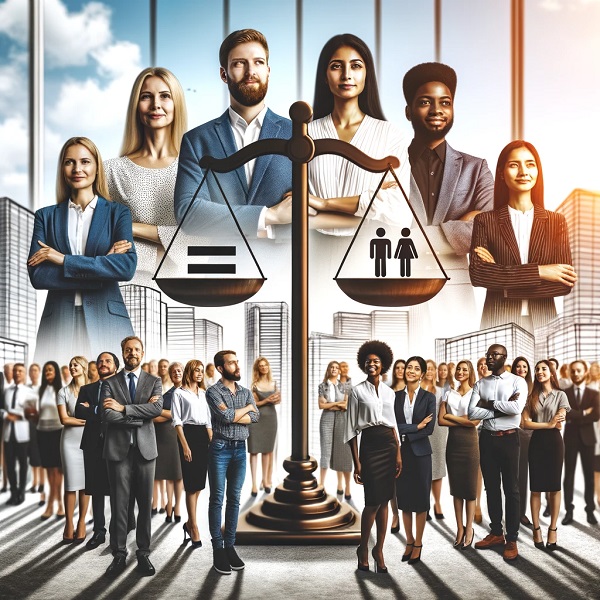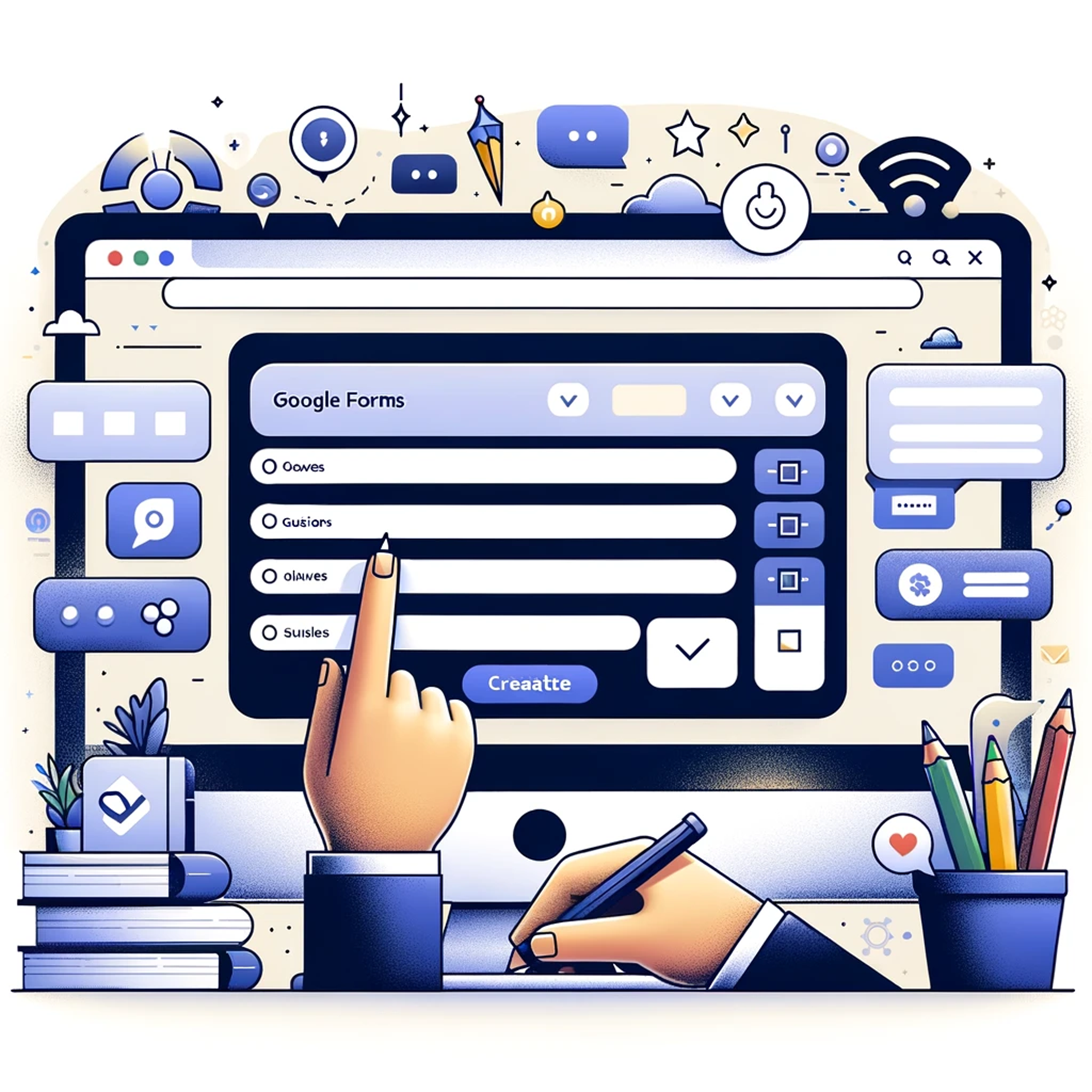
Gender Equality in the 21st Century
Gersom
- 0
Introduction
Welcome to the 21st century! If you are reading this, it means you are up-to-date with world news. And if you are up to date with the news, you are definitely aware of the fight for gender equality that is stronger than ever today, so you are probably wondering why still? Today, let’s review the history, evolution and persistence of gender equality, and why it is still a burning issue.
Historical Context
Early Movements
Before the hashtag and before social media campaigns, the early forerunners of women’s movements were laying down the foundation, in their bare hands. The suffragettes in the early 1900s were literally fighting for the right to vote. The right to have a voice.
Key Milestones
Those developments take us to the mid-20th century – to the 1946 founding of the United Nations Commission on the Status of Women, and on to the emergence of the women’s liberation movement (often called the second-wave feminist movement) in the 1960s and ’70s, which dealt with such topics as abortion rights, workplace equality, and legal inequities.
The Current State of Gender Equality
Global Perspectives
While gender equality has made great strides since then, the path forward is far from straightforward, and there are diverse approaches being implemented around the world that bear varying degrees of success. The most progressive approaches are to be found in the Scandinavian countries – with Sweden and Norway generally regarded as leading the pack. Others are far behind. Some have a long way to go but are grappling with endemic patriarchal traditions.
Regional Differences
These differences are certainly stark when you compare regions: in some parts of the Middle East and Africa, deeply held cultural and religious values can play a more central role in shaping an individual’s beliefs about gender roles and what a ‘normal’ set of opportunities should look like for women, whereas in many Western nations progressive laws have sought to redress imbalances of the past, although challenges remain.
Gender Equality in the Workplace
Wage Gap
One of the most high-profile is wages. Although the picture has improved significantly in recent years, women as a group still earn less than men. It’s not just ‘about the money’, in the sense of ‘fair pay for your work’. If it were, true equality would mean that men would earn less than women. Wages and important in themselves. More fundamentally though, they are the pricing structure of the labor market, and fundamentally about valuing contributions. In this sense, inequality is a fundamental violation of equality.
Representation in Leadership
Another buzz phrase is the lack of leadership representation. How many times have you seen a woman head an organization or a large company? The answer is not often enough. Despite many companies and organizations worldwide recognizing the significance of having diverse leadership teams, there is still a long way to go.
Workplace Policies
Having progressive gender equality policies in the workplace is essential to ensuring a more equal society. The societal implications can be reinforced by providing flexible hours, allowing male and female partners to care for children by providing parental leave at the same level, and by putting in place anti-discrimination policies to prohibit penalizing women or single mothers. Having these policies will benefit women as well as other employees by allowing all workers to balance their workload with their personal life.
Gender Equality in Education
Access to Education
Education plays an important role in pursuit of equality between genders. And that’s why providing equal opportunity for boys and girls to get into schools becomes a key tool to the gender equality movement.
All across the world today, there are many charity projects who provide various means of help to underprivileged girls .One of the programs provide scholarship and books for girls to apply to masters and bachelor degrees schools. Some other groups take it further by providing volunteering programs to help poor children in rural areas to travel and study overseas.
Curriculum Changes
Nor is it simply about access – it’s about what might be taught. Where gender studies appears on curriculums, students learn how to challenge gender stereotypes. Early education is therefore a hugely important factor in the attempt to build a gender equal generation.
Gender Equality in Politics
Female Representation
And there is politics, of course. With as many women as men in government, a larger number of diverse perspectives will be factored in to the policymaking process. Countries with higher numbers of women in parliament tend to have more family-friendly legislation, for instance, as well as better social outcomes for women overall.
Policy Changes
Important policies on gender equality should be put in place. Laws that punish gender-based violence, policies on parental leave, initiatives for women running for office all should be implemented to create the circumstances where gender equality can blossom.
Cultural and Social Norms
Media Representation
Given that media has the power to influence perceptions, many believe that the representation of genders in the media impacts how individuals perceive these genders as well what their roles are. The more positive and diverse representation of genders in media, the more the gender stereotype could be challenged. If young girls saw women accomplishing things in different areas across media, it would eggs on more young girls to dream big.
Changing Perceptions
It’s not easy to change entrenched cultural and social norms, but we need to work at them at every level, in the home, the community and institutions; in conversations and education, public-service advertisements, books and plays. Shifting attitudes can shift behavior.
Challenges and Barriers
Socioeconomic Barriers
These socioeconomic barriers include poverty, lack of access to healthcare, and limited economic opportunities, all of which are more firmly rooted in specific regions and disproportionately affect women across the world.
Legal and Policy Barriers
Legal and policy obstacles also remain. In some regions, outdated and discriminatory laws and policies have forced women into Malthusian corners, compromising their exercise of political and civil freedoms. Legal reform, coupled with the judicial enforcement of existing laws, can go a long way.
Progress and Success Stories
Inspiring Figures
Malala Yousafzai and Ruth Bader Ginsburg are just two of many inspiring women who have made strides in the movement toward gender equality. Their stories capture the power of individual actions and the importance of fighting for what one believes in.
Successful Initiatives
Examples of successful global initiatives can be found in initiatives such as HeForShe, a United Nations campaign that asks men to take action for gender equality, and microfinance initiatives such as the Grameen Bank in Bangladesh that support women entrepreneurs and provides little or no collateral loans.
The Future of Gender Equality
Upcoming Trends
We also see positive changes on the horizon. The advent of digital platforms has given a megaphone to proponents of gender equality. Technology is also being used to overcome some gender divides, through both education and work shared over the internet, for instance.
How to Contribute
So what can you do? Learn – you and others. Support policies and organizations that promote gender equality. And most importantly? Call out stereotypes, challenge stereotypes, speak out when you see discrimination because there is a chance that you’ll be challenged.
Conclusion
Gender equality is a process, not a destination – and it’s one that we are further down than we might imagine. If we agree to work together, we have the capacity to build a gender equitable world for all.
FAQs
What is gender equality?
The term ‘gender equality’ is often understood as equality of rights, responsibilities and opportunities regardless of gender. It entails equal chances to succeed and full and equal participation in all aspects of life.
Why is gender equality important?
It’s important that we are all equal in our gender because ultimately this promotes more fairness, justice and opportunity with better economic outcomes, healthier and stronger communities with more involved decision-making across the board.
What are some examples of gender inequality?
Among such examples are the wage gap, women’s under-representation in senior positions, lack of educational opportunities for women and girls, and sexual violence.
How can individuals promote gender equality?
People can act against gender inequality by questioning stereotypes, advocating for policies that encourage equality, or educating themselves and others about this problem.
What role does education play in gender equality?
The main reason why education is important for gender equality is it provides knowledge and skills which help people controlling discrimination. For instance, education shows people that only the certain behavior will contribute to the society and may help to cut down stereotypes. Besides, it provides equal chances for both men and women to achieve their goals as well.
If we do express equality between men and women, it will contribute to realizing a more just and equitable world for all.
Phone 12 Pro Max iPhone SE Samsung Galaxy Z Fold2 LG G8 ThinQ Samsung Galaxy A51 LG V60 ThinQ iPhone XR Samsung Galaxy S21 iPhone SE iPhone XR


